PROBLEM WITH THE FIRST BATCH
Some Arkfeld Pros are coming with Turbo and Strobe switched, so that 3C is Turbo and 2C is strobe. My guess is that is a bug and rather than try and fix it, they decided to band-aid over it by selling it as a “feature”, which is disappointing. I would have expected them to issue a voluntary recall notice like they did with their recent steampunk Marauder Mini and Baton 4 Premium snafus.
.According to the Olight website “orders since 12/6/2023 8:00 PM EST” will ship with a corrected UI that defaults to 2C Turbo and 3C strobe as it should be. If you’re reading this within 2-3 months of that date, I recommend buying from somewhere with easy returns or buying from somewhere that can verify the light works correctly before shipping.
Contents
- Pricing & Availability
- What comes in the box?
- Design & Construction
- Size & Measurements
- User Interface
- Emitter & Beam
- Laser & UV
- Mode Chart
- Runtime
- Driver & Regulation
- Switch
- Carry & Ergonomics
- Batteries & Charging
- Competition
- Conclusion
Pricing & Availability
FlashlightGo sent me this light in exchange for an honest review. Here is the product page on their website where you can see current pricing and purchase Arkfeld Pro. They carry a wide variety of lighting brands and models and I’m grateful for their support.
What comes in the box?
Arkfeld Pro comes in Olight’s simpler box design. It’s made of folded cardstock and has high-quality printing all around to show off the light and its features. Oddly, the labels near the bezel are missing on the image of the light. There’s a vacuum-formed plastic insert inside that holds the contents in place.
- The light itself
- User manual & safety booklet
- Magnetic charging cable
Design & Construction
The design of the Arkfeld series (including this Pro model) is unlike any other flashlight I’ve seen before. It actually reminds me of older apple TV remotes. It’s a rounded slab with circular set of switches where your thumb rests and some ribbing on the sides for grip. I don’t care for the blue accents or the big warning label, but at least the label is just a sticker. This version is slightly larger than previous Arkfeld models and I think overall it’s well designed and attractive.
Build quality is top-notch. Olights always have a feeling of quality, fit, and finish that you can’t get from budget brands. The anodizing is particularly nice. It’s smooth with a deep satin finish. Even the moving parts on this light feel solid and well built.
Size & Measurements
Olight Arkfeld Pro | Skilhunt H300 | Armytek Wizard WR | ESKilhunTE MiX-7 | Mini Maglite

| Measurement | Measured (mm) |
|---|---|
| Width | 27.6 |
| Length | 120.4 |
| Thickness (not including pocket clip or switch) | 16.0 |
| Center Switch Diameter | 9.4 |
| Center Switch Proudness | 0.9 |
| Rotary Switch Diameter | 22.0 |
| Ride Height (sticking out of pocket) | ~2.5 |
| Pocket Clip Space (for pants material) | ~3.5 |
| Pocket Clip Space (at mouth) | ~3.5 |
| Pocket Clip Width | 10.0-5.2 |
| Pocket Clip Thickness | 0.8 |
| Pocket Clip Screw Spacing | 11.2 |
Weight: 110g
User Interface
Olight nailed this user interface.
The actions are # of presses followed by a hold (H) or a release (C). So, “1C” is one click and release. “2H” is two clicks but you hold down the last one.
| State | Action | Result |
|---|---|---|
| Off | 1C | On (mode memory) |
| Off | 1H (short) | Moonlight (memorized) |
| Off | 1H (long) | Lockout |
| Lockout | 1C | Battery indicator glows red |
| Lockout | 1H (long) | Unlock (to Moonlight) |
| Any | 3C | Strobe |
| Any | 2C | Turbo (memorized as High) |
| Turbo | 2C | Return to previous mode (mostly* |
| On | 1H | Cycle mode (low-med-high) |
| On | 2H | Enable timer (and cycle between 3/9 minutes) |
| State | Action | Result |
|---|---|---|
| Off | 1C | On |
| On | 1C | Off |
| On (Laser only) | 2C | Laser + White High |
| On (Laser+White) | 2C | Laser only |
What they got right:
- Channel selection is a dedicated switch. The more multi-channel lights I review, the more I dislike the clutter of having everything on a single switch. Olight’s rotary toggle is by far the best solution I’ve used.
- Clicking turns the light on/off and holding the button changes modes. That’s the way almost all e-switch flashlights should work. It’s intuitive and quick.
- The common shortcuts work. Moonlight, Turbo, and Strobe all have shortcuts that work the same way as most other lights. They work very well and there’s no learning curve when switching lights.
- There are 5 brightness levels, which is just the right amount. Enough to have options but not so many that it’s cumbersome to use.
- The strobe is hidden behind a triple click outside the main rotation. You won’t activate it by accident.
- You can activate the laser and white light simultaneously via 2C while the laser is on. That’s handy for when you need to illuminate something and point at a specific spot.
What they got wrong (minor nitpicks):
- Turbo & Moonlight are memorized. They shouldn’t be memorized because they each have their own dedicated shortcut for quick access. Since they’re memorized, accessing them will override your memorized mode. Even worse, Turbo is memorized as High! So not only does accessing turbo overwrite your memorized mode, it doesn’t even memorize properly. This has been a gripe of mine on Olight models for awhile and I hope they will reconsider this particular UI design decision.
- Lockout/unlock is 1H from off. That’s too easy to accidentally deactivate and there’s no mechanical lockout on this light. Many other makers are moving to 4C to lock/unlock and I prefer that.
- There’s no momentary for the laser or UV. 1H has no function on those channels and it would be nice if 1H were momentary on.
Emitter & Beam

According to FlashlightGo, the white LED is an Osram P9. It’s a fine choice for high brightness and efficiency, but it doesn’t have the nicest color properties. It’s available in cool white or neutral white. I wish the neutral white version were a high CRI Nichia 519A to get the best of both worlds. The UV LED is a Luminus SST-10-UV.

The white beam is floodier than I expected with a wide, defined hotspot. There are a few faint rings and artifacts here and there but overall pretty good for general purpose EDC use.
In the beamshots below, the basketball goal to the right of the hotspot is 39M away and the power pole in the center is 185M away.








Laser & UV
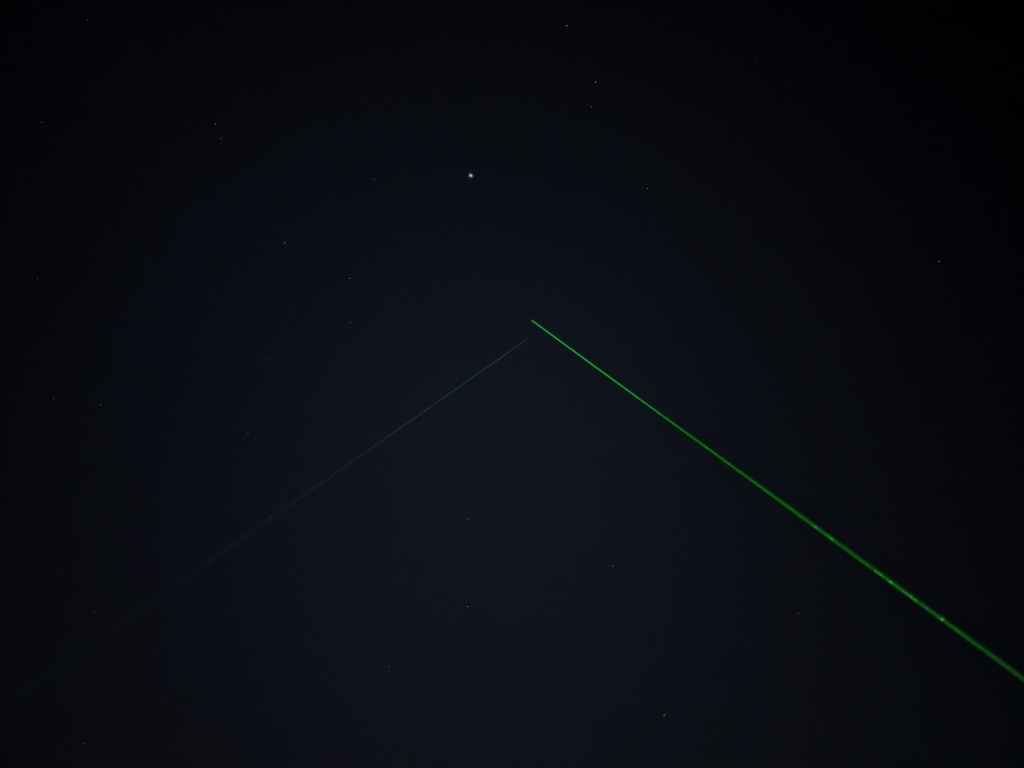
The Laser is a substantial improvement from the original Arkfeld depending on where you live. There’s a significantly brighter 5mw “Class 3R” version available in some regions. Other regions will get a laser that’s similarly weak to the original Arkfeld. The Class 3R version is even bright enough to see the beam in the air on a dark night, great for stargazing.
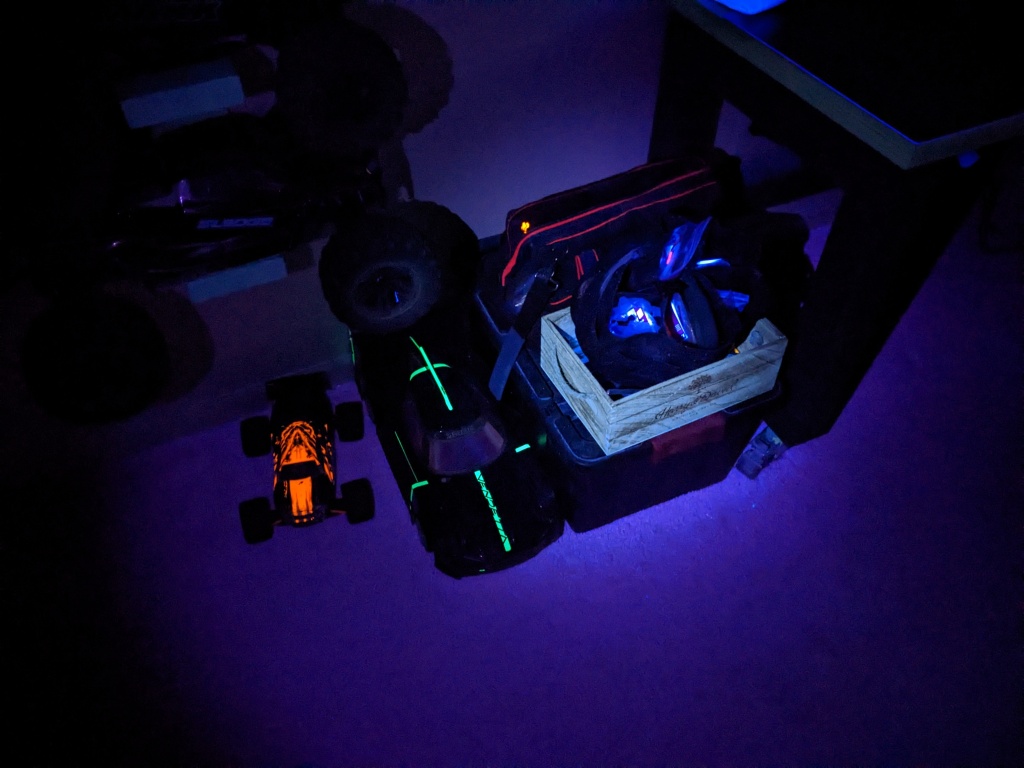
The UV light is great too. I don’t have an Arkfeld UV to compare to, but I don’t think there’s any significant difference. It’s plenty powerful to make fluorescent objects glow. If you’re going to be using the UV for extended periods, some cheap polycarbonate safety goggles work great to protect your eyes.
My only critique of the UV is it isn’t covered by a ZWB2 filter, so some visible light escapes as well. That means that some faintly fluorescent objects will not appear to glow because the whole area is also being faintly illuminated by visible light too. Below is an example.


Mode Chart
Disclaimer: All of my measurements are taken at turn-on. Lumen measurements were taken on a Texas Ace 3.5″ Lumen Tube. A candela measurement was taken at 10 meters with an Opple Light Master III on the highest brightness, and other candela figures were calculated relative to that. CRI, CCT, & DUV data were taken for each mode from a few feet away at the center of the hotspot with the Opple Light Master and Waveform DUV Calculator. Runtime tests were performed with the Ceilingbounce app on my smartphone. All of these tests were performed with a fully charged included battery unless otherwise specified. I cannot measure moonlight directly, so moonlight readings are calculated based on the brightness relative to the next-lowest mode. None of this is professional equipment, so take all of these measurements with a grain of salt.

Above are the official specs, followed by my own measurements below.
| Level | Lumens | Candela | Throw (Meters) | CRI (Ra) | Color Temp. (K) | DUV (Tint) |
| Turbo | 1150 | 2900 | 108 | 71 | 6260 | 0.0044 |
| High | 360 | 908 | 60 | 70 | 6080 | 0.0053 |
| Medium | 92 | 232 | 30 | 71 | 5950 | 0.0051 |
| Low | 12 | 30 | 11 | 71 | 5890 | 0.0049 |
| Moonlight | 0.8 | N/M | N/M | N/M | N/M | N/M |
Mode Spacing is good. There are no weirdly small or large jumps.
Runtime

Performance: Turbo time is great at 3 minutes. Then it steps down to a stable 400 lumens for about 2 more hours. That’s reasonable for a light this size.
Thermal regulation: Timed step-down from Turbo only. No active thermal regulation. That means the light will perform very consistently but may also overheat in hot weather or leave some performance on the table in cold weather.
LVP (Low Voltage Protection): The light does have low voltage protection for the built in battery. It shuts off when the battery is depleted.

UV Runtime: It’s difficult to find a UV flashlight that’s well regulated with flat output. Most people can’t even tell because most of the light is invisible to the eye. This is fantastic UV performance and it shows how much effort Olight puts into their drive circuitry.
Driver & Regulation
I’m not certain what kind of driver Olight Arkfeld Pro is using. I believe the white channel is buck driven. It’s got reasonably flat output and it seems fairly efficient. I’m confident the UV channel is boost driven because it’s fairly well regulated with flat output for most of the runtime test. That’s virtually impossible to do with a UV LED, a single lithium battery, and any driver type other than boost.

Regulation is a bit dissapointing. I like when lights can reach full Turbo brightness down to ~25% charge but this one can only do it when the battery is at least half full.
I like that Turbo becomes completely inaccessible when the battery isn’t charged enough. Other makers will still let Turbo work but at a reduced brightness and that somewhat hides the fact that the Turbo performance is reduced. Here, Olight makes it very clear to the user that you need to recharge for maximum brightness. When the battery isn’t charged enough and you try to access Turbo, it’ll just go to High instead.
Note: All regulation measurements are taken at turn-on so they do not reflect any thermal or low voltage stepdowns that may occur. A value of 0 indicates low voltage shutoff immediately upon activation.
PWM: No PWM is visible to my eyes or camera, nor audible to my ears.
Parasitic Drain: I was unable to measure parasitic drain because of the built in battery.
Switch
Arkfeld Pro has two switches. The first is a blue aluminum button in the center that controls on/off and brightness levels. It’s clicky and audible and you’ll have no trouble locating it even in the dark. It sticks up a bit so it could get pressed by accident, but it never accidentally activated in the week that I carried this light.

There’s also an aluminum ring around the center button that controls the channel. This switch setup is one of the things that makes Arkfeld unquely great. The rotary ring switch is perfectly tuned with three detents, one for each channel. It’s got a great feel and sound to it. Unlike most multi-channel lights, changing channels on Arkfeld Pro is intuitive and quick.
Carry & Ergonomics
Arkfeld Pro is comfortable to hold and use. The smooth finish, chamferred edges, and milling on the sides make it grippy without being rough like knurling. The original Arkfeld was just a hair small for my large hands, but Arkfeld Pro is the perfect size so my thumb lands naturally on the switches.
Arkfeld Pro carries really well. The slim shape makes it fit into the pocket nicely without taking up too much space. The clip is well designed too. It’s hard to get these bidirectional clips right, but Olight added a little bit of ramp to the bottom edge that helps grab the edge of your pocket and get it under the clip. It carries deep and it’s secured with screws so it won’t accidentallt rotate or pop off. You can even clip it to a hat or attach a lanyard if you feel so inclined.
Batteries & Charging
The battery is built-in and is not user accessible. It’s advertised to be a 1500mah LiPo battery, which is a little smaller than I expected. The built-in battery is what allows Arkfeld to have such a unique shape, but it also means you can’t replace the battery when it wears out.

Charging is facilitated by Olight’s proprietary magnetic tailcap charging system. A USB-A charging cable is included that magnetically snaps onto the tailcap of the light. The puck has an LED indicator that glows red while charging and glows green when not charging. It’s easy to see but it’s a little too bright to have on your nightstand at night. The light is usable while charging.

This magnetic charging system is tremendously convenient if you have a designated spot where you always charge your light because you can just wave the light near the charger and it will connect. When you’re finished, just grab the light and pull. It’s not very convenient if you like to charge in different locations or on the go because you have to have that proprietary charging cable. It’s worth mentioning that I haven’t found these magnetic charging systems to be as reliable as a traditional USB port. On rare occasions, they just don’t work for no apparent reason.

Battery Indicator: There are four battery indicator LED’s below the switch that light up to show battery status for a short time after the button is pressed. Charge status is indicated by four LED’s below the selector ring. I love this indication system as it’s extremely clear, precise, and doesn’t require any extra user input. Some lights use a series of clicks and holds to enter a battery check mode that blinks out the voltage or does a number of blinks to tell battery status, but that’s ambiguous and isn’t glanceable. This solution with LED indicator bars under the switch is perfect. Anyone can pick up the light, turn it on, and immediately understand what the bars mean.
Competition
Here are some lights in the same class and how they compare.
- similar price
- significantly brighter
- white light only (no laser nor UV)
- worse clip
- unattractive design
- OLED display
- stainless steel body
- dual switches with instant turbo and strobe
- standard USB-C charging
- no moonlight mode
Surefire Stilletto / Stilletto Pro:
- more expensive
- white light only (no laser nor UV)
- profoundly unattractive design
- not as bright
- standard micro-USB charging
- dedicated turbo tail switch
- no magnetic tailcap
- made in the USA
- similar price point
- narrower and longer, even more sleek than Arkfeld
- looks like an OTF knife
- standard USB-C charging port but it’s exposed so debris can get in
- unique lever switch
- poor UI for EDC (only two modes, lowest 300lm)
- no magnetic tailcap
- supports common aftermarket pocket knife clips
This section is not comprehensive. If I didn’t include a particular light here, it doesn’t mean it’s bad or doesn’t deserve to be here. I simply cannot list every possible competitor.
Conclusion
The original Arkfeld was by far the best laser+flashlight combo device on the market when it was released. Now, Arkfeld Pro has improved upon it by adding a UV LED, increased laser brightness (depending on your location), larger battery capacity, and marginally larger size. Olight has made the original Arkfeld and Arkfeld UV obsolete. This is the laser+flashlight combo device to buy and I also think it’s the best “flat” style EDC flashlight to buy.
Thanks to FlashlightGo for sending me this light for review!


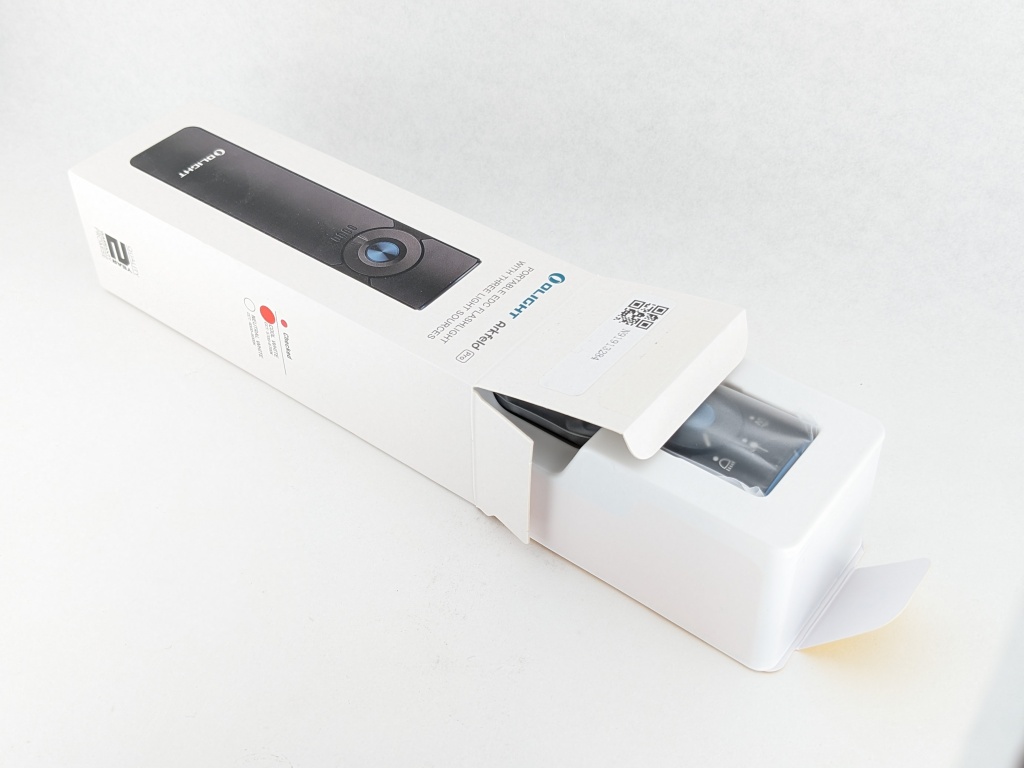



















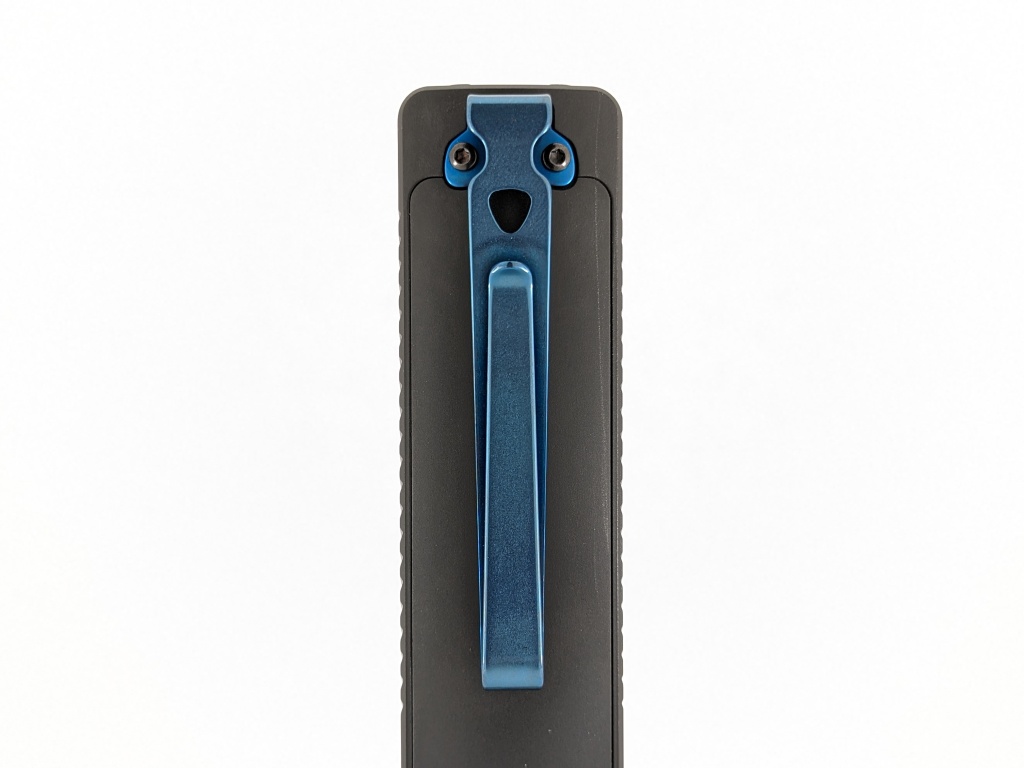
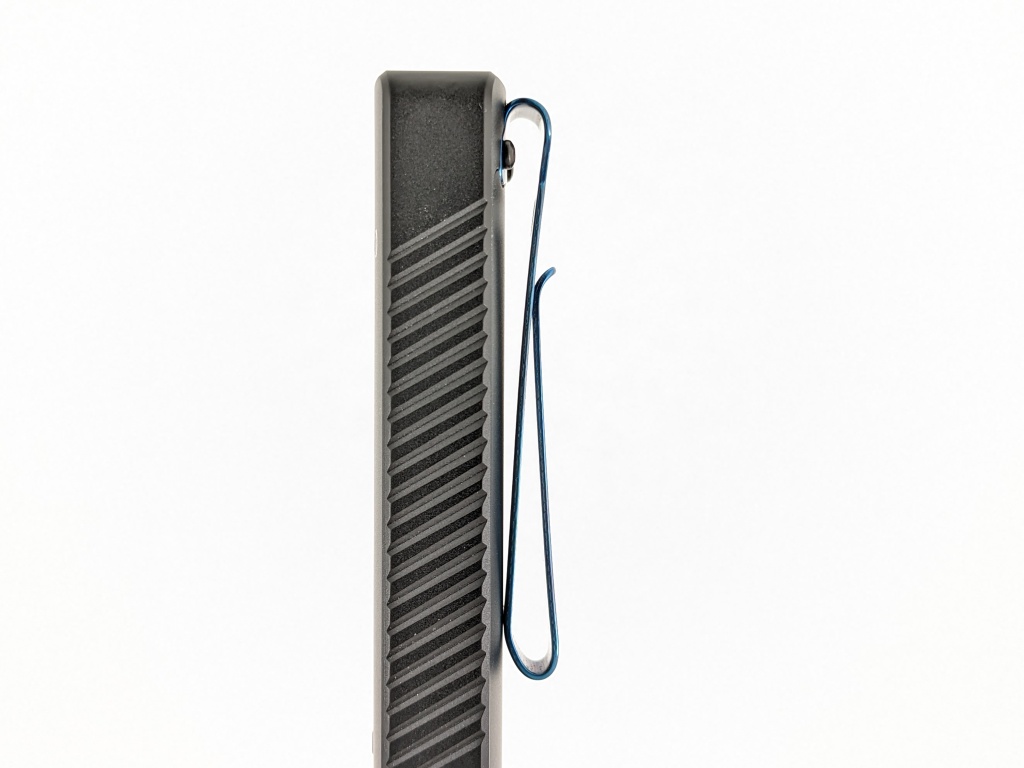
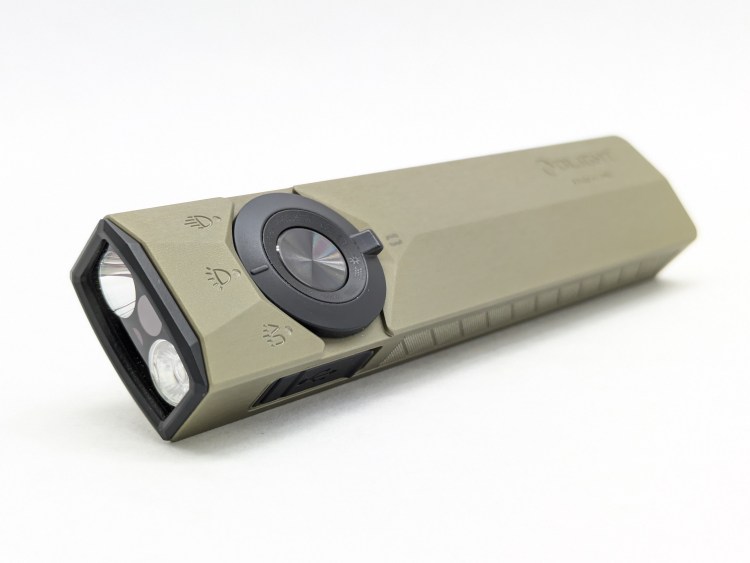
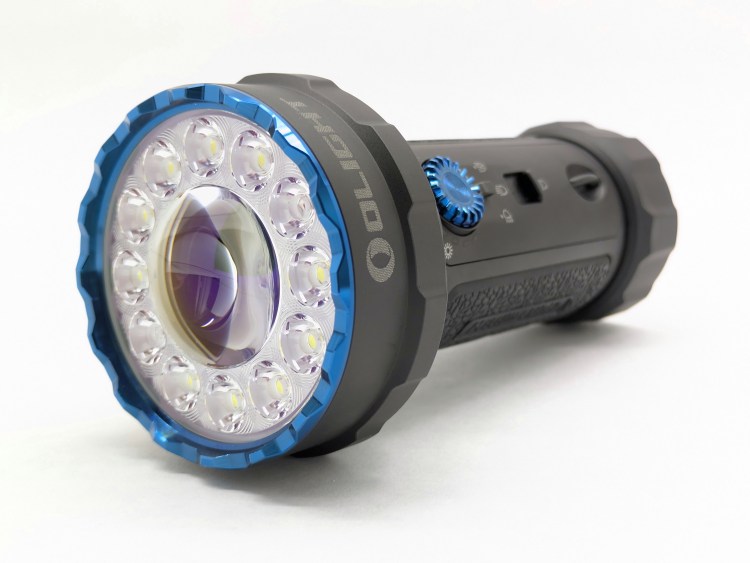
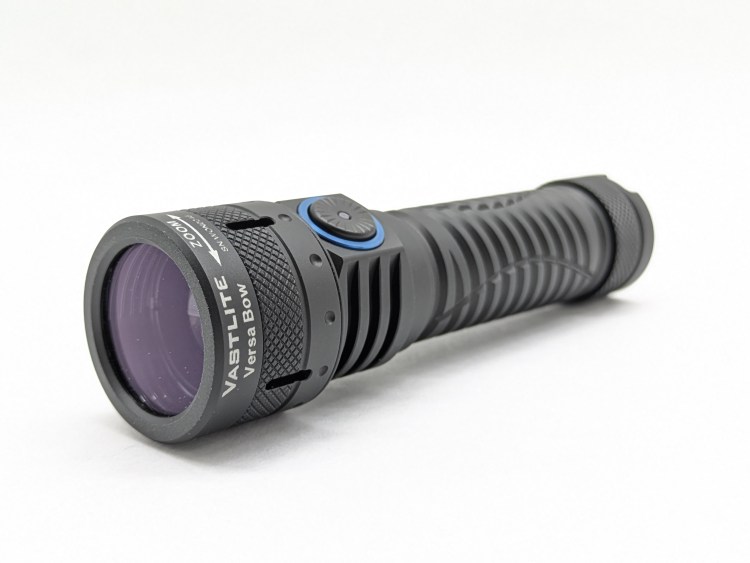
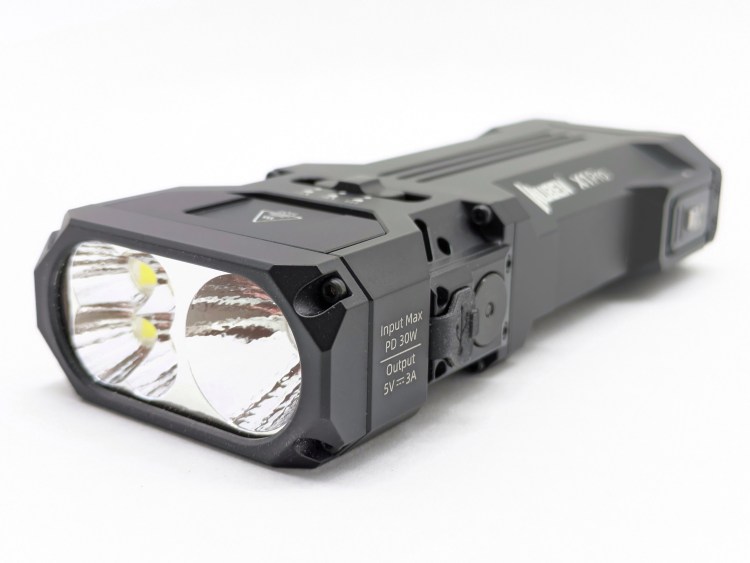
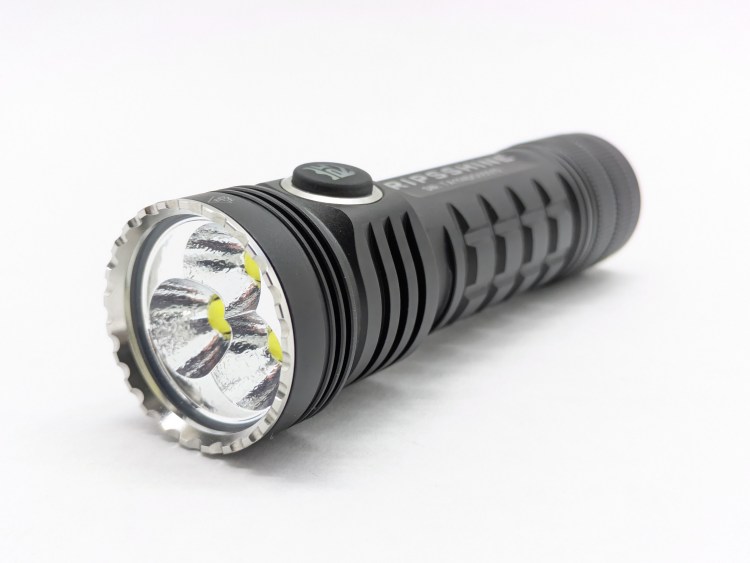
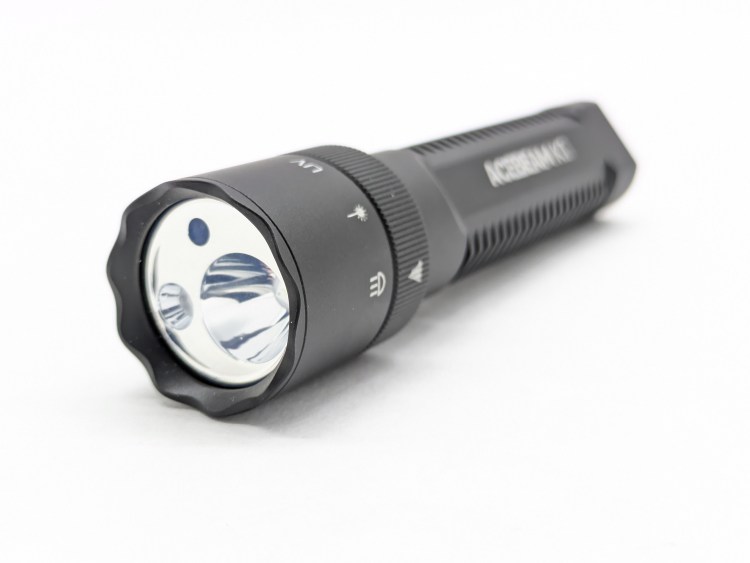
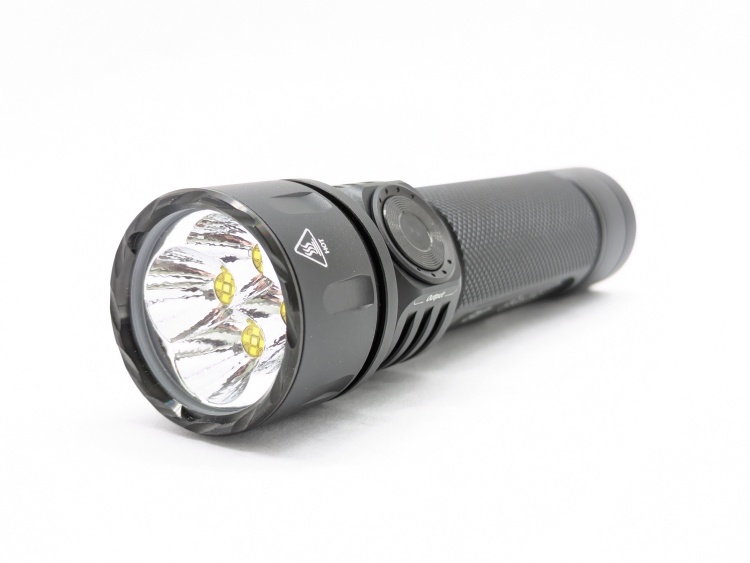
FYI, they changed turbo and strobe on newer releases. Turbo is three clicks and strobe is two. I don’t like it.
LikeLike
Olight has not made that change to newer releases. If your light is behaving that way, it’s defective.
Edit: I stand corrected. You’re absolutely right. They changed the UI. Fortunately, after community backlash, they’re changing it back.
LikeLike
I’ll be brutally honest, the Arkfeld Pro is my first Olight. I loathed Olight due to the massive cluster****s Olight has bungled over the years and initially I dismissed the Arkfeld Pro as just another gimmick light as I was originally a diehard SureFire user/collector for over 20 years+. Then SureFire fell FAR off their cutting edge and fell behind the technology. Now I utilize Fenix lights exclusively since they’ve really taken the lead but I digress. The Arkfeld Pro has really changed my view of Olight, at least for this light. It encapsulates three great and useful features in one light. Olight upscaled the lasers output finally but they failed to increase to output of the Cool White light, only having it at a moderate 1300 lumens, it does the job though. And lastly, the underpowered but moderately useful UV light really needed to be more powered but it work OK in a dark room devoid of light. All that being said, the Arkfeld Pro is a great concept light we needed.
LikeLike